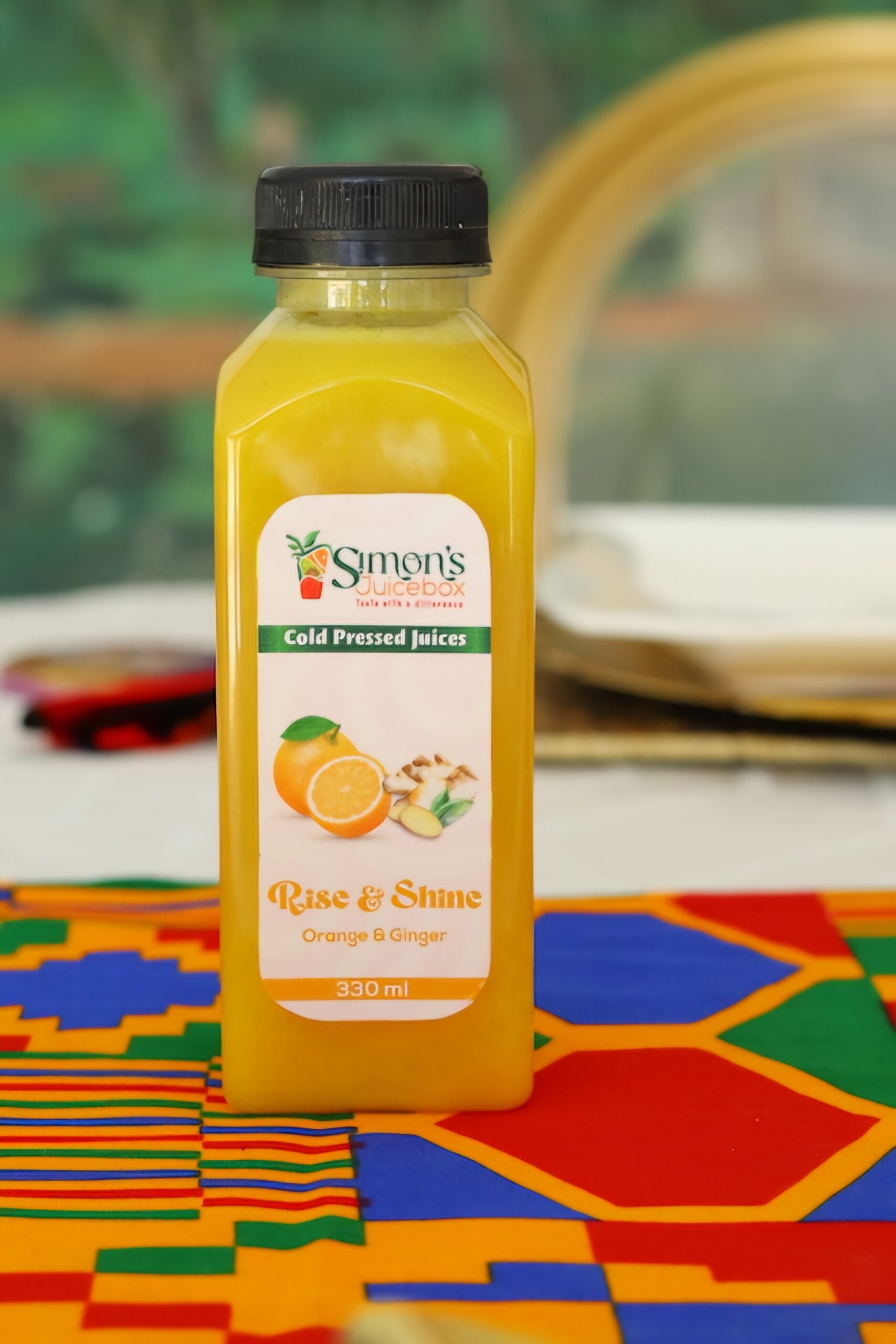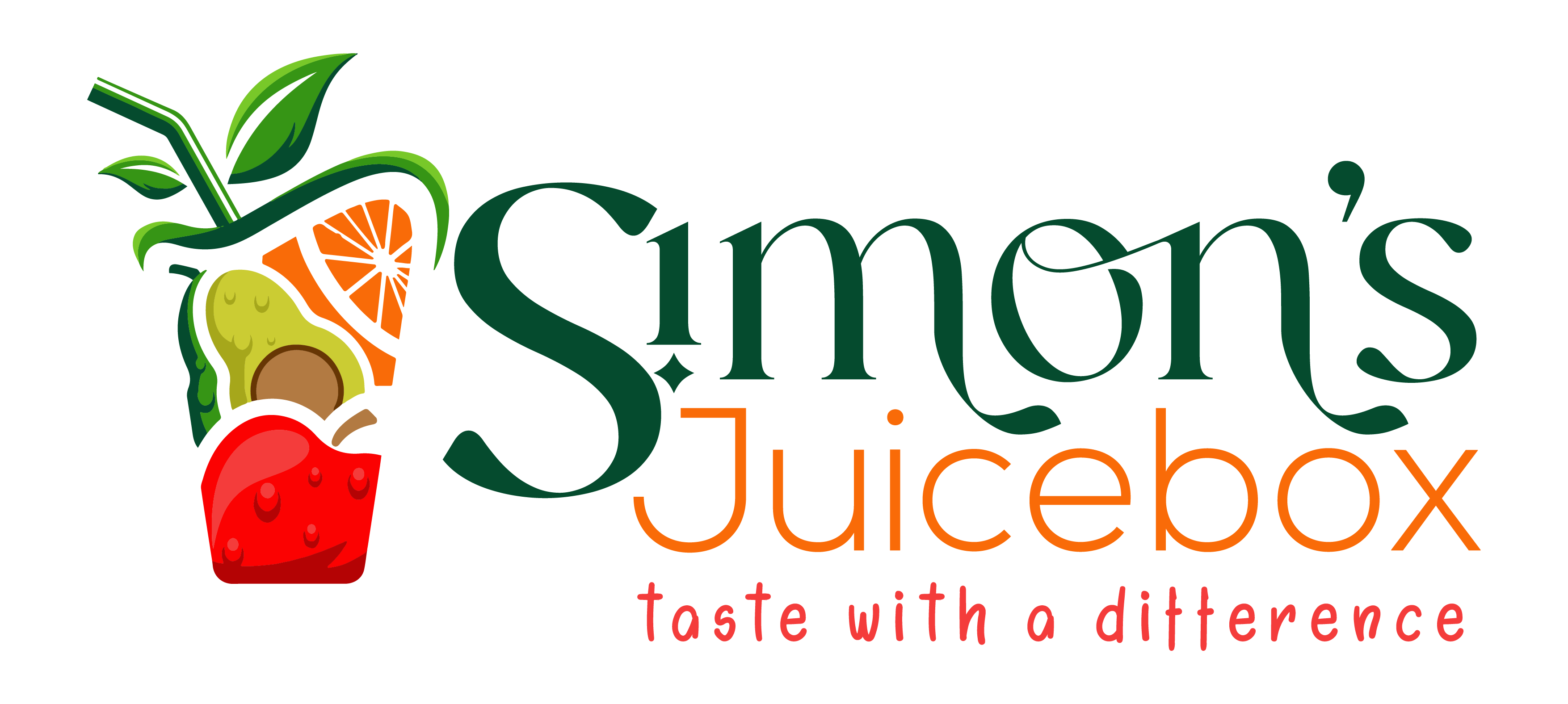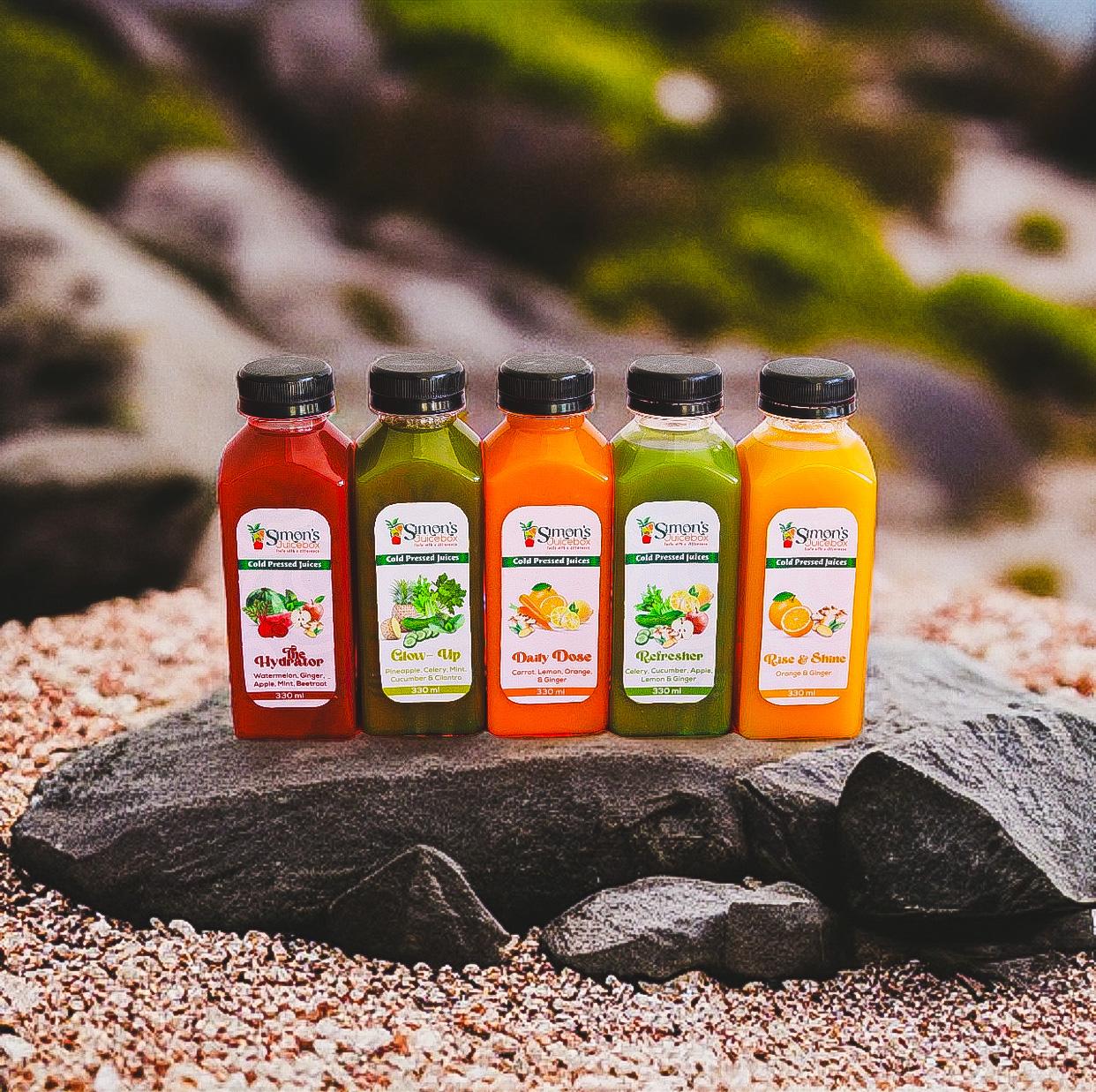No products added!
May 26, 2025
No Comments
Written by
admin
Quality & Hygiene Standards For Fruit Juice Processing
When it comes to fruit juice production, maintaining high standards of quality and hygiene is not just good practice—it’s essential for consumer safety, product consistency, and regulatory compliance. Whether you're a large-scale manufacturer or a small juice bar, these principles ensure your juice is both safe and delicious.
Raw Material Quality
Use fresh, ripe, and clean fruits free from bruises, mold, or decay.
Source from certified growers or suppliers who follow Good Agricultural Practices (GAP).
Wash fruits thoroughly to remove dirt, pesticides, or microorganisms before processing.
Juice Extraction & Processing Hygiene
All surfaces in contact with juice must be food-grade, non-reactive (e.g., stainless steel), and sanitized regularly.
Use cold-press or pasteurization methods under hygienic conditions to reduce contamination risk.
Avoid contact between raw and processed products to prevent cross-contamination.
Equipment & Facility Cleanliness
Follow CIP (Clean-in-Place) or SIP (Sterilize-in-Place) procedures for tanks, pipes and blenders.
Maintain a controlled environment with regular cleaning schedules for floors, drains, and walls.
Staff should follow personal hygiene protocols, including clean uniforms, gloves, hairnets, and masks.
Packaging & Storage Standards
Use sterile, BPA-free bottles or pouches that prevent light, air, and microbial exposure.
Ensure packaging is done in sanitized environments to avoid post-processing contamination.
Store at optimal temperatures (usually 0–4°C for cold-pressed) to preserve freshness and nutrients.



